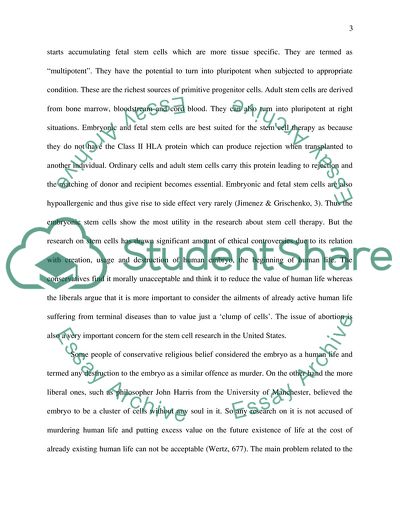Cite this document
(Ethics Stopping Stem Cell Research Literature review, n.d.)
Ethics Stopping Stem Cell Research Literature review. https://studentshare.org/ethics/1716065-ethics-stopping-stem-cell-research
Ethics Stopping Stem Cell Research Literature review. https://studentshare.org/ethics/1716065-ethics-stopping-stem-cell-research
(Ethics Stopping Stem Cell Research Literature Review)
Ethics Stopping Stem Cell Research Literature Review. https://studentshare.org/ethics/1716065-ethics-stopping-stem-cell-research.
Ethics Stopping Stem Cell Research Literature Review. https://studentshare.org/ethics/1716065-ethics-stopping-stem-cell-research.
“Ethics Stopping Stem Cell Research Literature Review”. https://studentshare.org/ethics/1716065-ethics-stopping-stem-cell-research.


